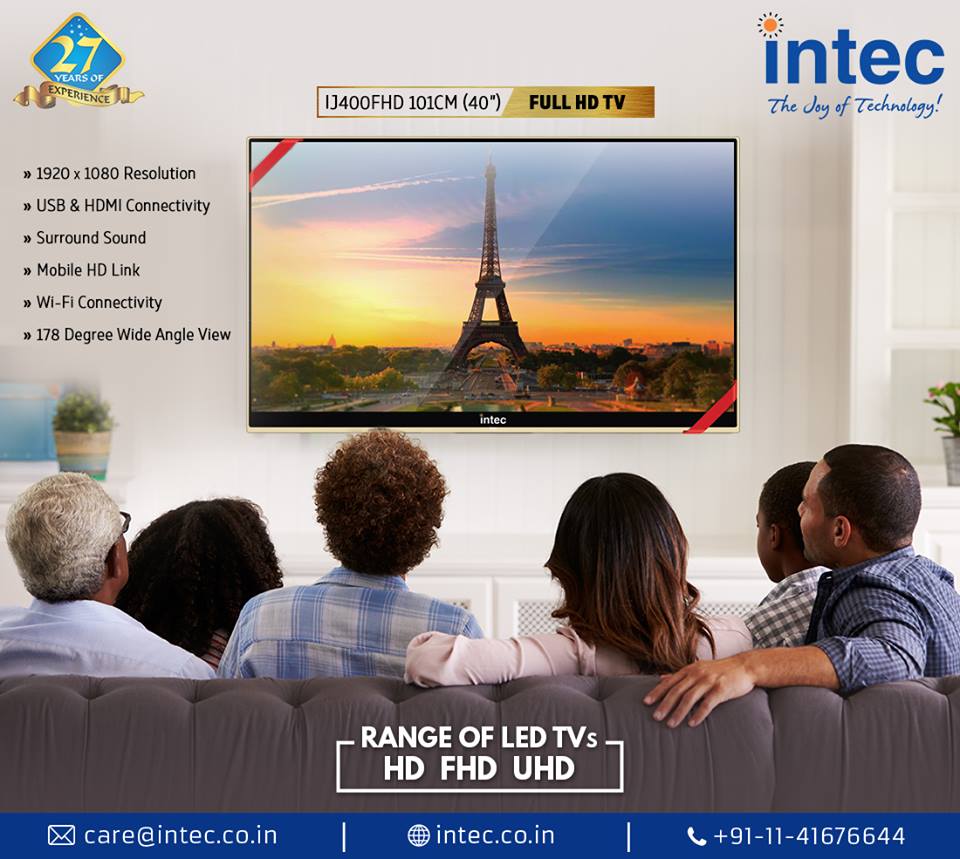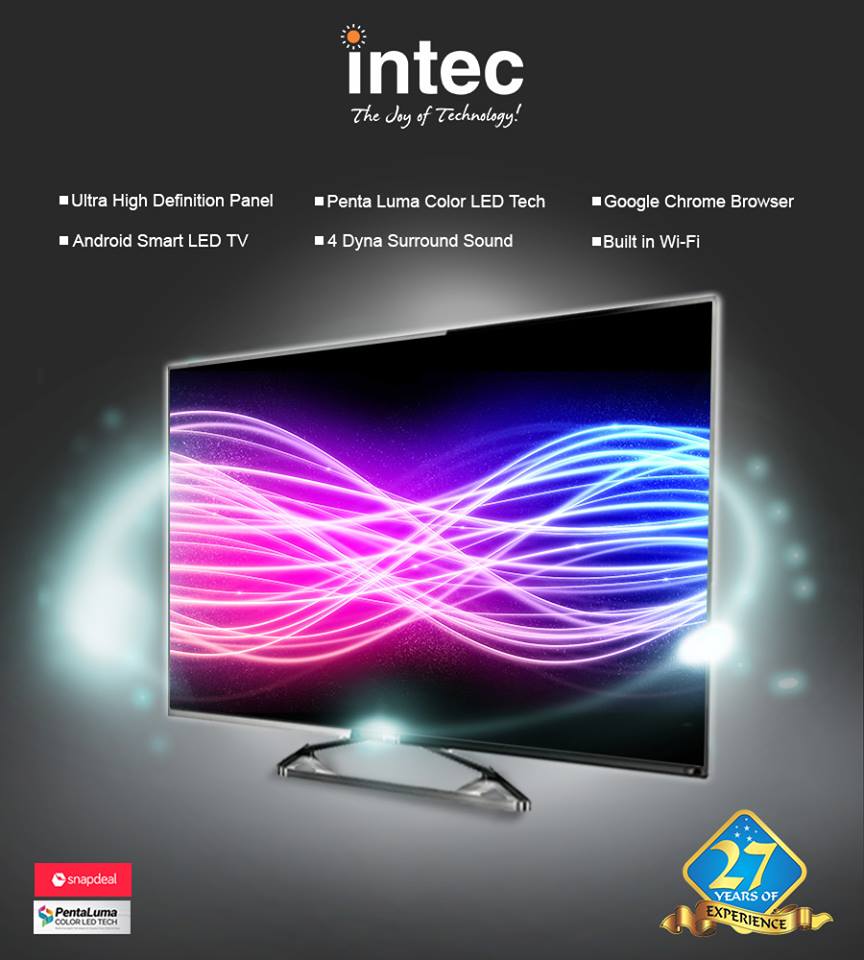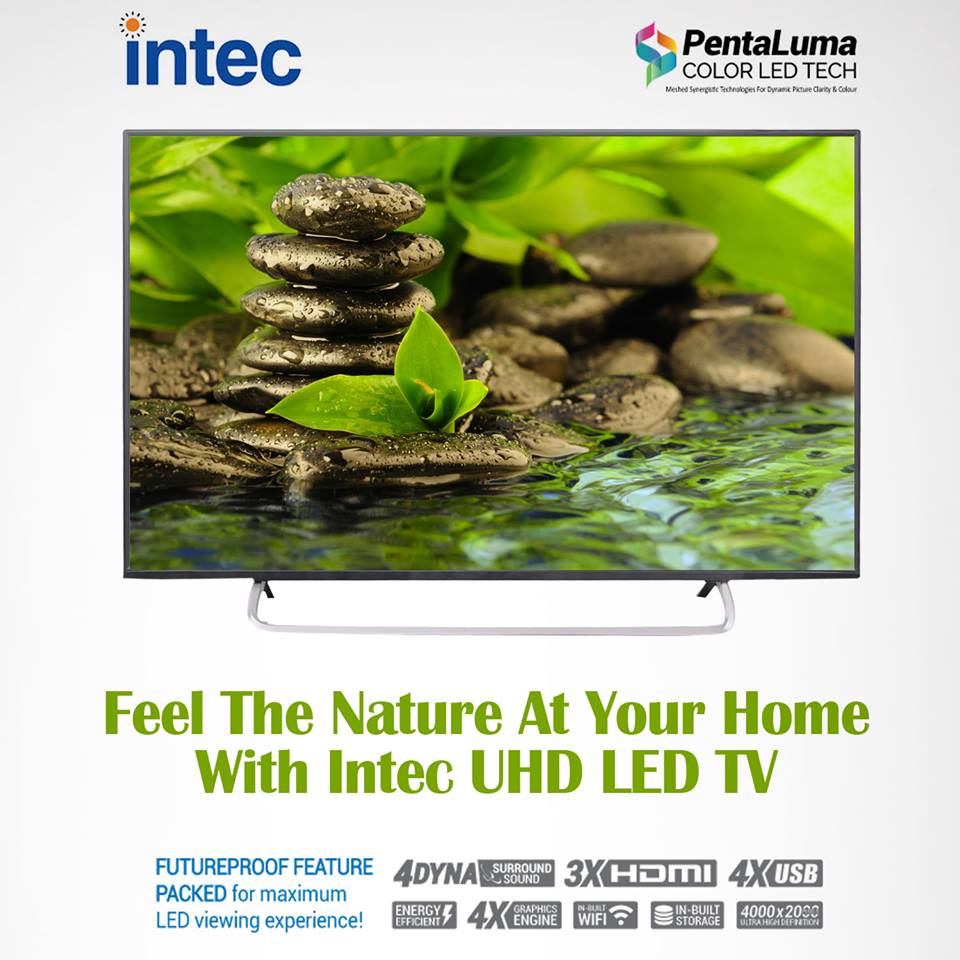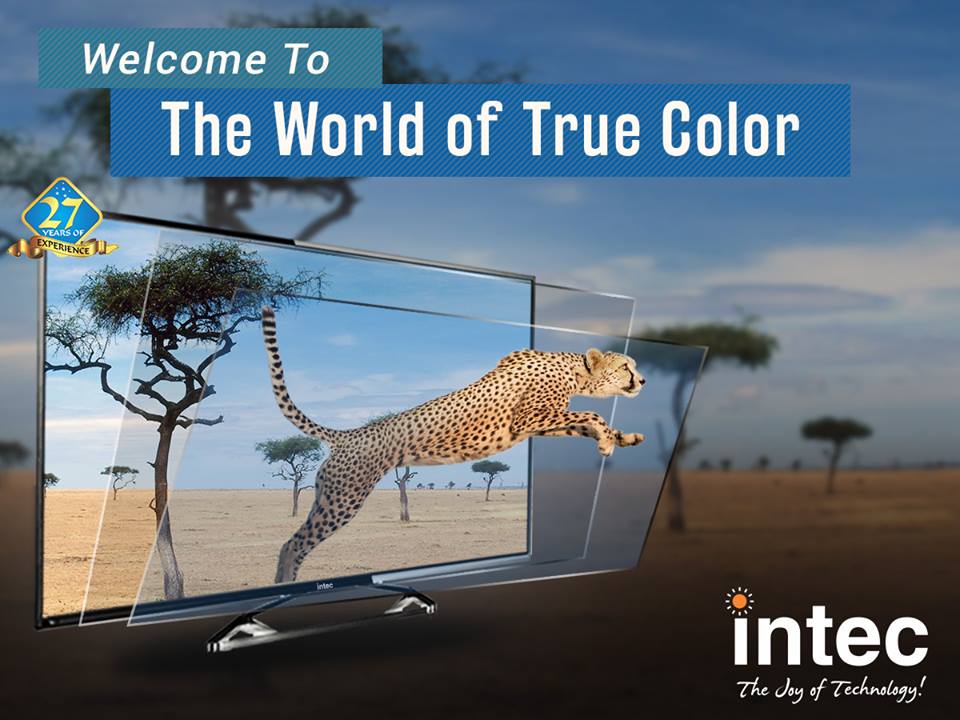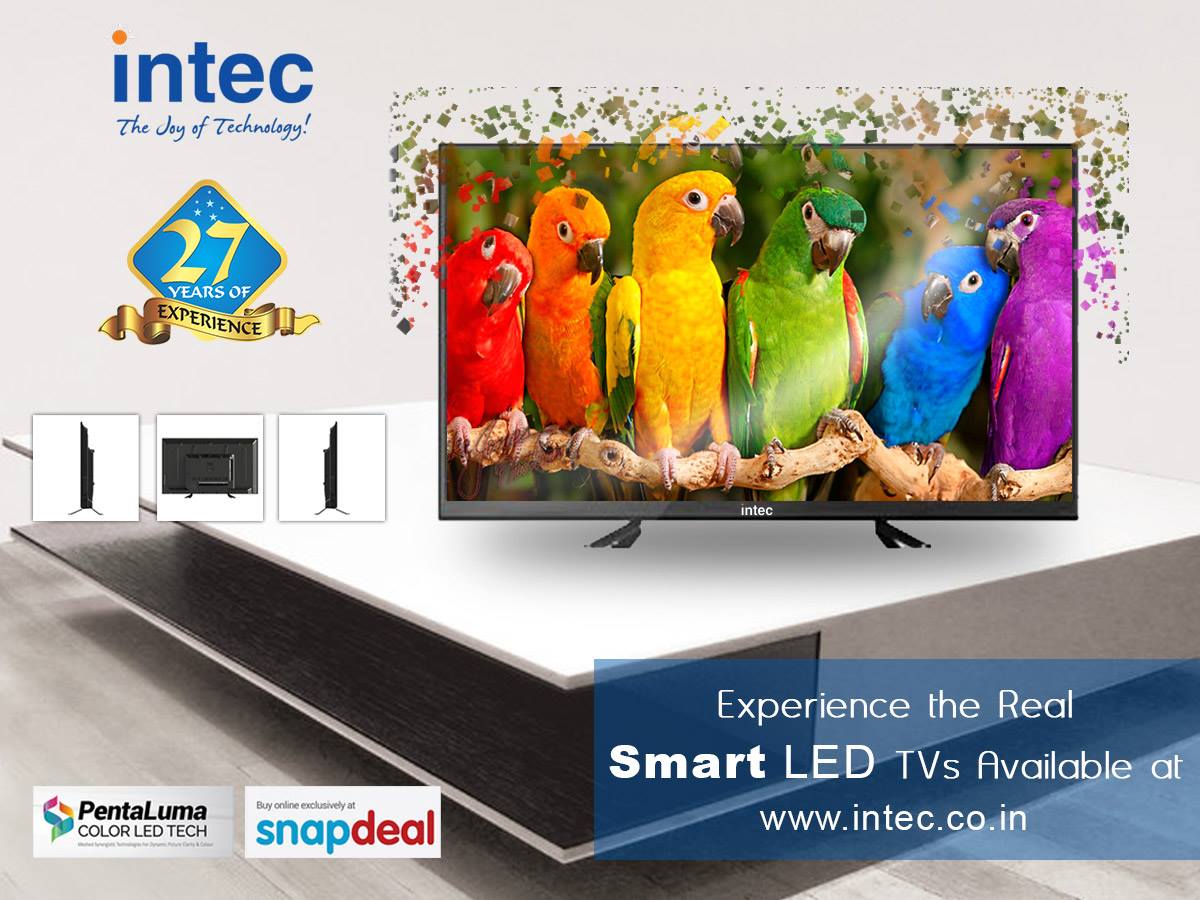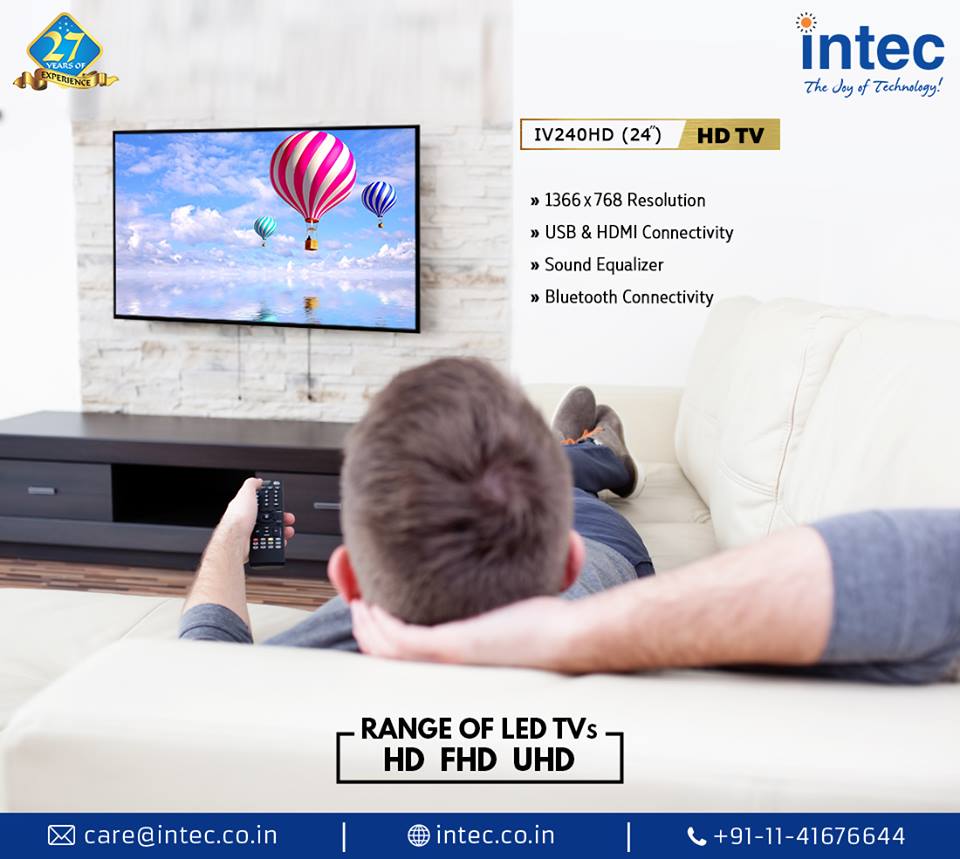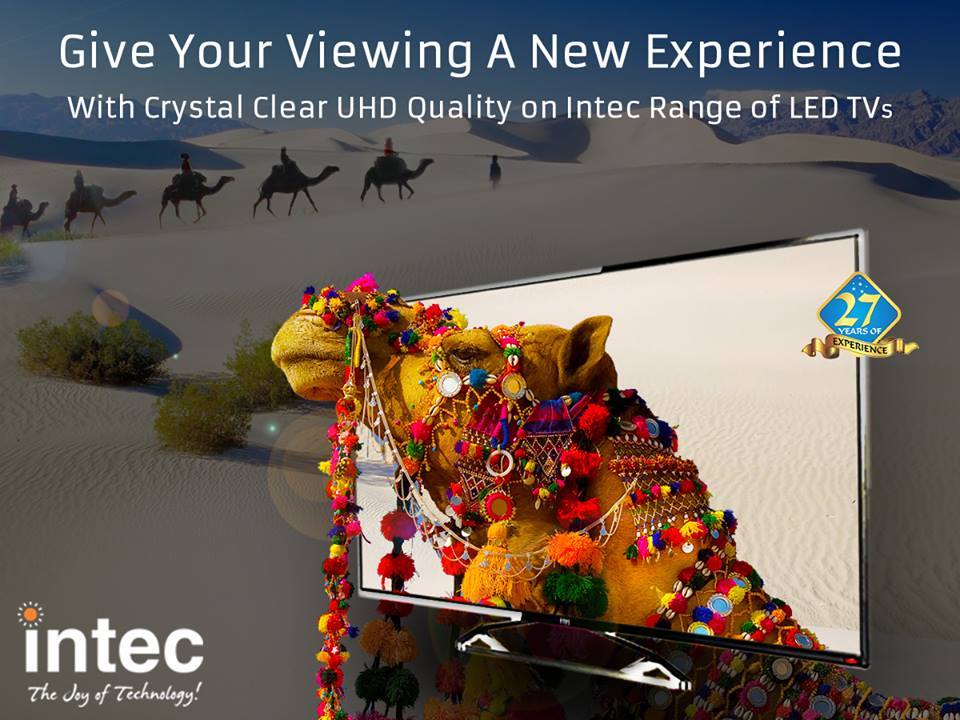The evolution of television has been amazing over the years: from old black and white devices to modern digital screens. However, the technology can be confusing at times. And since there is a wide variety of devices to choose from, it is necessary to point out the differences between LED and LCD, with the aim of knowing precisely the characteristics of two of the most popular types of television on the market.
10 differences between an LED TV and an LCD:
- LCD TVs work based on a cold cathode fluorescent lamp located on the back of the device. This, in turn, retro illuminates the pixels to project the image on the liquid crystal display. In contrast, LEDs use light-emitting diodes instead of fluorescent lights.
- For a long time, LCD TVs were unable to rival the gamut of black colors of plasma TVs. However, the technology of the latest LED models has allowed the display of this color on the screen to be of the highest possible quality. Thanks to a function called loco attenuation l, which consists in turning off and on the diodes to achieve a perfect contrast.
- The image quality of LED is superior to that of LCDs due to the technology used by LED TV manufacturing companies in India. The backlight of the LEDs allows the range of colors to be wider, have a better contrast and also present a better fidelity in full HD (1080p) format.
- Best LED TV brand in Delhi has the greater efficiency in energy saving compared with LCD. This, due to the lower use of light used for the deployment of images, making them an excellent option for the family economy.
- Cutting-edge technologies such as 3D and Smart TV are much easier to find in LED models than in LCDs, due to the boom that the former has had during the last years.
- The gradual fall in the popularity and sales of the LCD has also caused its price to decrease. Therefore, LEDs are generally more expensive, but on the other hand, their cost is justified thanks to the multiple functions and characteristics of this type of television.
- LED TVs offer thinner models than LCD TVs. This characteristic has influenced so that a significant part of the public prefers them not only for the excellent quality of image that they offer but for its attractive design that fits perfectly in any space.

